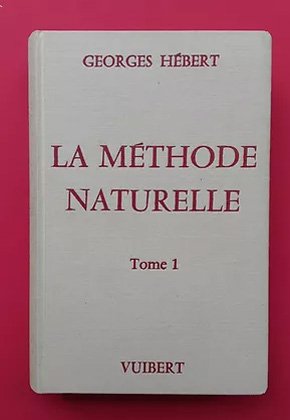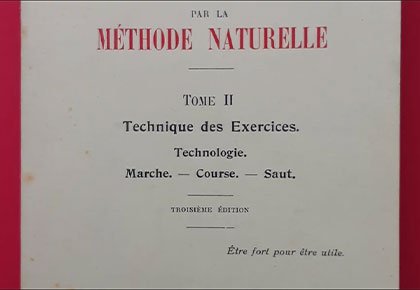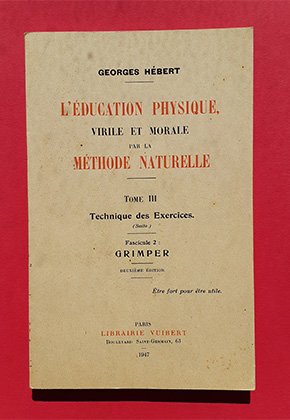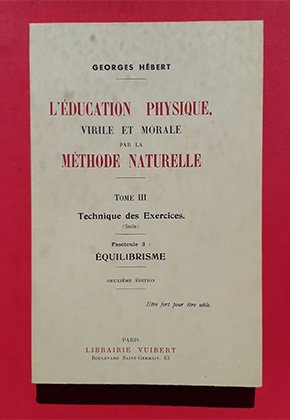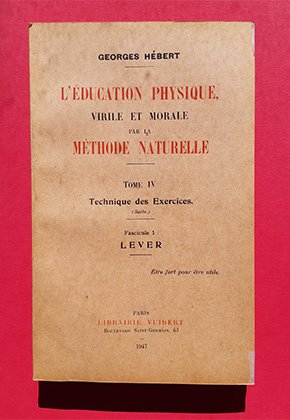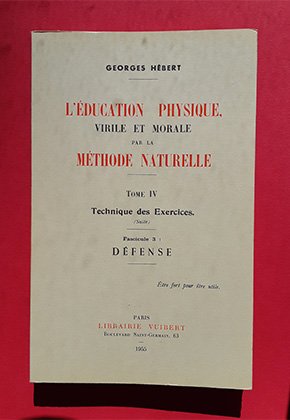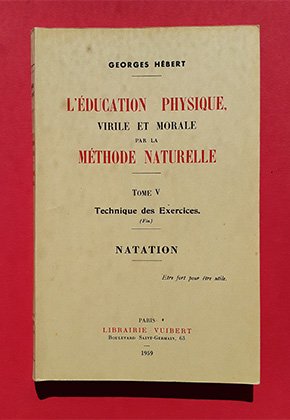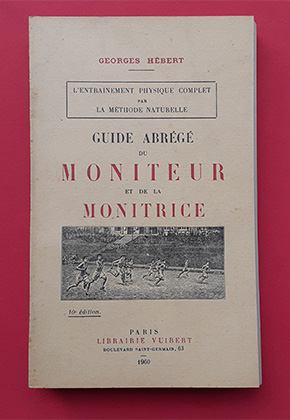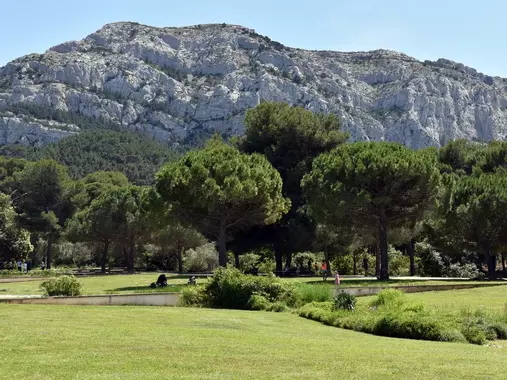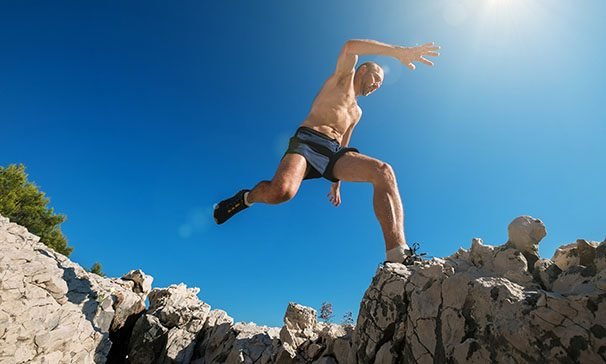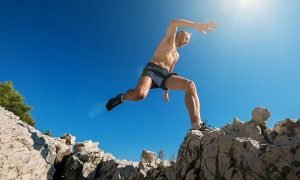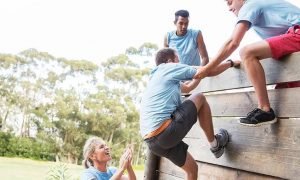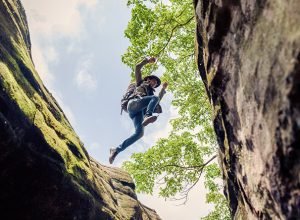Purpose of physical education |
- Remember that the primary goal of physical education is characterized by:
- The search for the development of the general resistance which is the foundation of health,
- The acquisition of sufficient skills in all exercises of practical utility, which together form the ten groups or families of exercises: Walking, running, jumping, quadruped, climbing, balance, lifting, throwing, defending and swimming.
Did you say “full”? |
Practicing natural training does not mean practicing one, or more, of the 10 families of exercises: we would then find ourselves, in this case, in an exclusive practice and not in a search for global development.
Nor does it mean practicing 5 or 10 families as one could do in athletics or in a discipline such as “pentathlon” or “decathlon”. Here again, the practice would nevertheless still be very incomplete, because it is very specialized in each family, as we will see on this page.
Did you say “natural”? |
Practicing natural training does not mean practicing analytical, jerky or broken down exercises, piece by piece. All movements in nature are “whole”, rounded, flexible.
Harmony is one of the main characteristics of natural movement.
It is enough to be convinced of this to watch the animals evolve in their natural environment.
Did you say “utility”? |
Practicing natural training does not mean performing exercises that have no practical use: for example, if a jump is not used to overcome an obstacle, is its interest not limited? It has, in fact, no practical “usefulness” and will not develop qualities such as keen eye, courage, self-control etc.
The purpose of natural training is to lead to the development of physical faculties. And this in all areas of the force.
Differences between
|
To fully grasp the distinction with other practices, it is first of all necessary to agree on a few definitions.
1° SPORT |
The primary goal of “sport”, its DNA, is to win: to beat a time, a distance, a height, an opponent, win a match, etc.
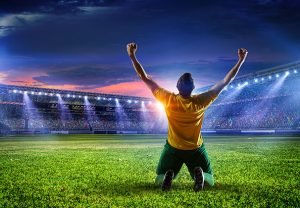 get the glory get the glory |
 win a cup win a cup |
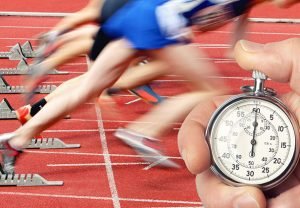 beat a time beat a time |
 To be victorious To be victorious |
Its goal is therefore not, above all, the search for health, beauty or even strength in the sense that we were able to define it in the chapter “definition of strength”. It is not primarily intended to be educational.
He is often very specialized and seeks, in his specialty, a qualification, a victory or the establishment of a record. In order to be the best, the winner, it is often necessary to restrict your field of action as much as possible in order to reach a summit in a very restricted area.
The engine of business is competition. The field is restricted.
Activity is not complete, is rarely natural, and is rarely utilitarian.
Example:
Let’s take the example of an athlete in athletics, high jump specialist and study the conditions of execution:
- The runway is flat, smooth, made of soft material, dry, etc.
- The take-off foot is the right – or the left – (and never one then the other) depending on the predisposition of the athlete.
- The shoes are specially adapted.
- The conditions are met to achieve a goal: to cross a “line” placed as high as possible.
- The jump is indoors or outdoors where the weather must then be “nice”.
- The bar to be crossed is not fixed and will fall in the event of a collision.
- The drop is irrelevant, since only the height crossed counts. The fall, the fall, takes place in a foam mattress, on the back.
- A medal, a ranking in a higher category, a photo in the newspaper, a bonus, etc. will eventually encourage or flatter the ego of the one who has beaten, exceeded such or such objectives or opponents.
 |
 |
 |
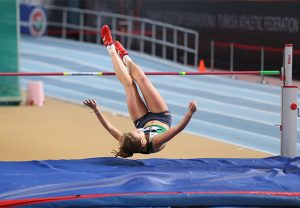 |
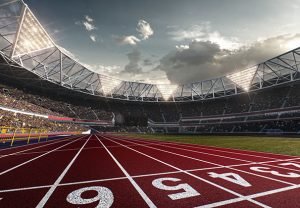 |
Sport gives itself the means to achieve the goal it sets itself.
2° PHYSICAL ACTIVITY |
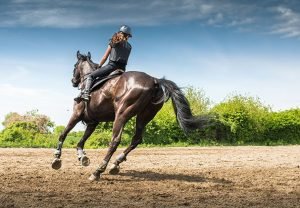 |
 |
 |
 |
 |
It aims to provide relaxation, pleasure, well-being, etc. By relying on physical expenditure, it allows practitioners to benefit from the benefits of this expenditure, which however remain, in fact, limited to the field of activity in question.
If it presents a real interest and is to be encouraged, the activity is often incomplete, not always natural or utilitarian.
It can be part of training if it comes in addition to generalized training.
3° COMPLETE TRAINING by “Natural Training” |
It seems accepted nowadays that the diet must be varied and balanced. A slogan like “5 fruits and vegetables a day” seems to make sense.
It must be the same in the field of “physical activity” for which variety and richness are just as essential. No sports specialty, whose goal is not development or health, provides this variety; Just as if we were eating only one food.
And to illustrate the richness offered by the exercises, we take the example of the jump and will study it under 2 aspects:
The possible richness of execution of a simple high jump
The extreme variety of the jumping family
3.1° The richness of execution |
To take the example of the athlete specializing in high jump, let’s examine the possible differences in execution between sport practice and natural practice:
Sports practice |
|
||
|
 |
||
|
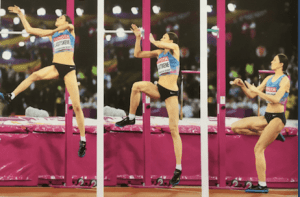 |
||
|
 |
||
|
 |
||
|
 |
||
|
 |
||
|
|
Natural practice |
||
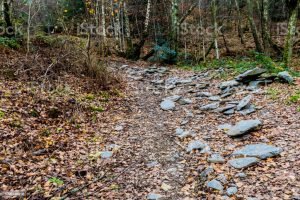 |
|
||
 |
|
||
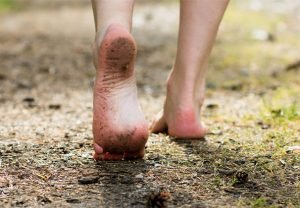 |
|
||
 |
|
||
 |
|
||
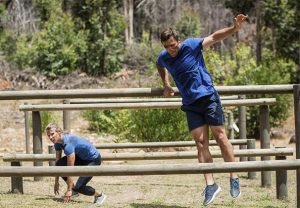 |
|
||
3.2° The wealth of exercises: their extreme variety |
We have seen the extent of the possibility of performing a high jump and also how to transform an exercise with a purely sporting purpose into an exercise with a utilitarian purpose.
Let’s continue in order to now fully grasp the extent and technical richness of natural training. And let’s go back to our example:
The sportsman makes a “high jump”. It’s his specialty.
In natural training, the jumping family, which is itself only one of the 10 families of exercises, includes, without it being possible to list them all here, the following major sub-families:
| Capital jumps |
Secondary jumps | The bursts (sudden jumps) | Address jumps | Jumps with gear (stick, etc.) |
Combination jumps |
|
|
|
|
|
|
Knowing that most jumps can themselves be:
- figured (fictitious or flexible obstacle for learning purposes)
- real (barrier, rocks, walls, puddles, shrubs, etc.)
- with momentum, without momentum,…
- front, side, back,…
- with a load, an object, a bag
- etc
it appears that the variety and richness seem almost limitless…
 |
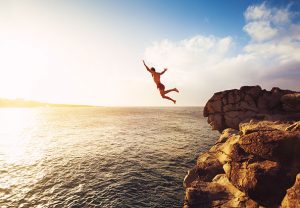 |
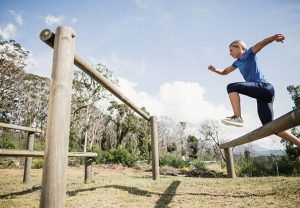 |
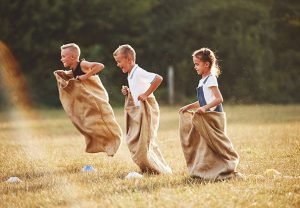 |
 |
 |
On the previous page, it was simply presented, in an extremely succinct way, the main effects and benefits of each family of exercises, but there was no detail, as started above for jumping, of the variety of exercises of each family.
This example applies to the whole range of human movements, it is the technical richness of natural training.


